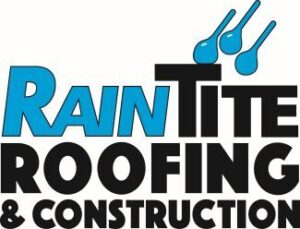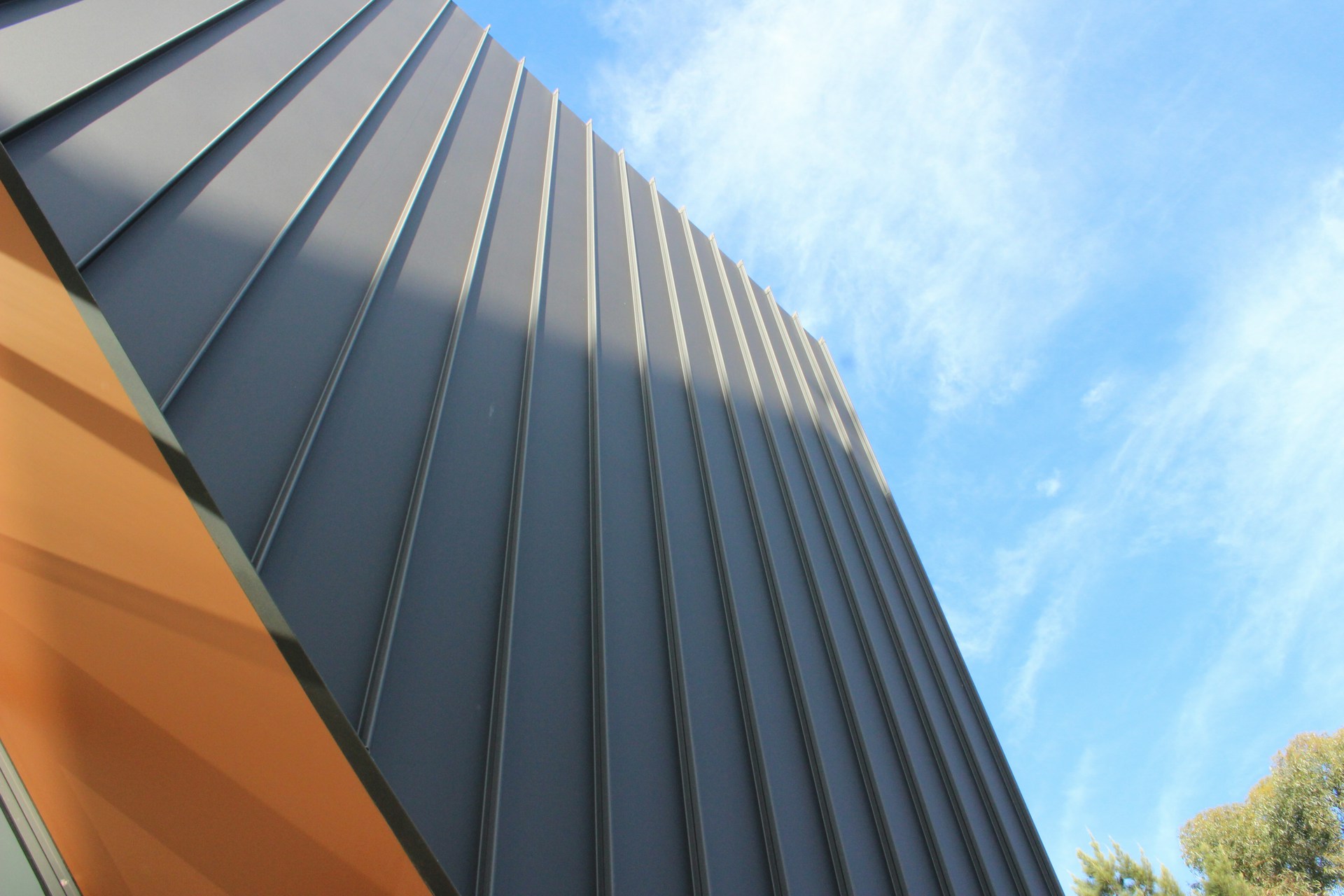Home siding can face many challenges, from changing weather to everyday wear and tear. Even the best siding might show signs of damage like cracks or warping. Small problems, if ignored, can lead to bigger issues over time, including energy inefficiency and structural damage.
Identifying and fixing common siding problems doesn’t have to be daunting. With a bit of know-how, you can spot early signs of trouble and handle many repairs yourself. This not only keeps your home looking nice but also helps protect it against the elements. Learning about these simple fixes can make a big difference in maintaining your home’s exterior.
Identifying Common Siding Problems
Siding is a crucial part of any home, but it can face issues that affect its appearance and function. Recognizing these problems early helps in taking the right steps for maintenance and repair. Common siding problems include cracks, warping, and moisture damage, each having distinct causes and signs.
Cracks might appear due to age, temperature changes, or impact from objects like branches. They let moisture seep in, risking further damage. Warping happens when the siding is exposed to excessive heat or moisture, causing it to bend or buckle. This is common with materials like vinyl and wood. Moisture damage shows up as discoloration, peeling paint, or even mold growth. It usually stems from poor sealing or leaks that allow water to penetrate.
Different weather conditions play a role in how these problems manifest. Freezing temperatures can make some materials brittle, while intense sunlight might cause fading or warping. Storms can also leave significant marks on siding surfaces.
To catch these issues early, conduct a regular visual inspection. Walk around your house and look for signs of damage like cracks, bent panels, or peeling paint. Pay close attention to the siding near gutters and downspouts since water tends to gather in these spots. Detecting problems early on ensures timely repair, saving money and preserving your home’s look and integrity.
Fixing Cracks and Holes in the Siding
Cracks and holes in siding, if left unattended, can lead to moisture getting inside, causing more severe issues. Fortunately, fixing small cracks and holes is a task many homeowners can handle with the right tools and guidance. Here’s a step-by-step approach to dealing with these problems, especially for vinyl and wood siding.
1. Clean the Area: Start by cleaning the area around the crack or hole with water and a mild detergent. This ensures that dirt and debris won’t interfere with the repair.
2. Sand the Surface: Lightly sand the edges around the crack to smooth any rough spots. This helps the repair material adhere better.
3. Apply the Repair Material: For vinyl siding, use a vinyl-specific caulk. For wood siding, a wood filler is best. Fill in the crack or hole thoroughly.
4. Smooth the Surface: After applying the repair material, use a putty knife to smooth it out so it’s level with the surrounding area.
5. Allow to Dry: Let the material dry according to the instructions on the packaging. This might take several hours.
6. Paint if Needed: If your siding is painted, touch up the repaired area with matching paint.
Tools and materials needed:
– Mild detergent
– Sandpaper
– Vinyl-specific caulk or wood filler
– Putty knife
– Matching paint
In cases where cracks are large, or there is extensive damage, it may be best to consult a professional. They can assess the problem and recommend the most effective solution, saving you time and ensuring a long-lasting repair.
Handling Warped or Loose Siding Panels
Warped or loose siding panels can be more challenging to tackle than cracks or holes. Several factors can cause the siding to warp or loosen, including heat exposure, moisture infiltration, and poor installation. When siding is exposed to extreme temperatures, it may expand or contract, leading to warping. Moisture that seeps behind the panels can also cause them to loosen or become misaligned.
To fix loose panels, you will need to adjust them carefully to prevent further damage. First, identify the loose panel and check for any nails or fasteners that might have come undone. Use a hammer or screwdriver to reseat them, taking care not to over-tighten them, as this can cause cracking or additional warping.
Realigning warped panels often requires gently pushing them back into place. Use a level to ensure the panel is aligned correctly. If the warping is severe, it might be best to replace the affected panels entirely.
Prevent future warping by ensuring proper installation techniques are used initially. This includes leaving adequate space for the expansion and contraction of the materials. Also, choose materials with high durability and resistance to climate effects, which are better suited to withstand weather changes without deforming. Regular inspections help in catching issues before they escalate, maintaining the siding’s effectiveness and appearance.
Preventing Moisture Damage and Mold Growth
Moisture is one of the most common causes of siding problems, leading to damage and mold growth if not addressed. Keeping moisture at bay is essential for the longevity and performance of your siding.
Sealing all edges and joints in the siding is crucial. Check these areas for any gaps or cracks and use a good quality sealant to close them. This prevents water from getting underneath the siding and causing issues.
Regular cleaning is also vital to prevent mold and mildew. Use a mild detergent and water to clean the siding’s surface. For tougher stains, a soft brush can help scrub away dirt without damaging the siding. Pay close attention to shaded areas that may retain moisture longer, as they are prone to mold growth.
Gutters and downspouts play a key role in protecting siding from water damage. Ensure gutters are clear and free of debris to allow proper drainage of rainwater. Direct downspouts away from the house to prevent water from pooling at the base and seeping into the siding.
Conclusion
Siding care doesn’t just improve your home’s look; it also enhances its value and energy efficiency. Whether you are tackling small repairs yourself or hiring professionals for more extensive work, the key is to act quickly and efficiently.
If your siding is showing signs of wear or damage, it might be time to seek expert help. At RainTite Roofing & Construction, our experienced team siding repair contractors can handle all your siding issues, ensuring top-notch installation and maintenance. Reach out to us today to learn more about how we can help protect your home with quality siding repair solutions.

